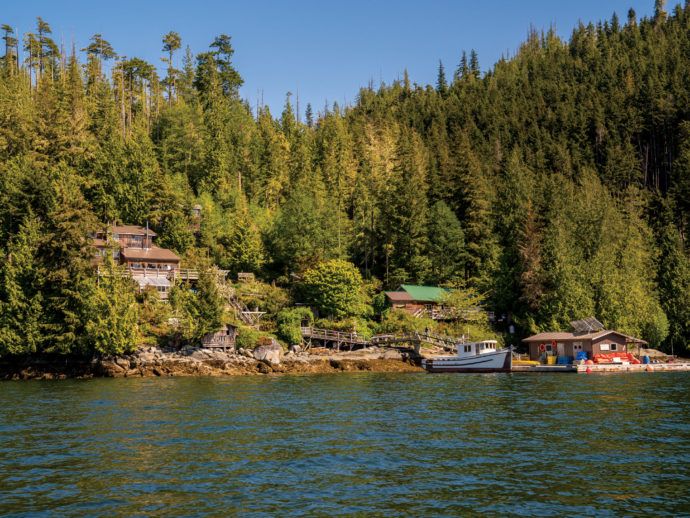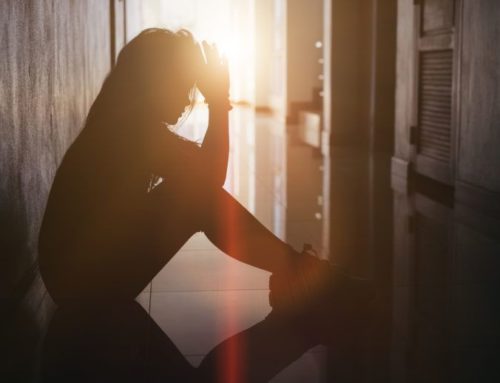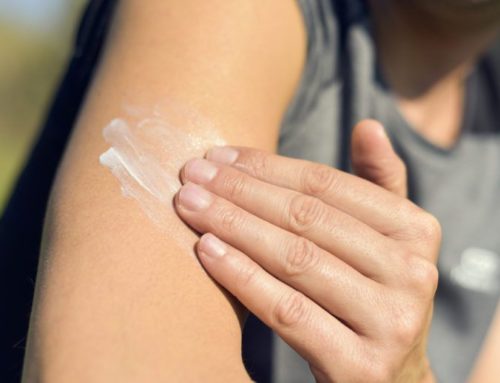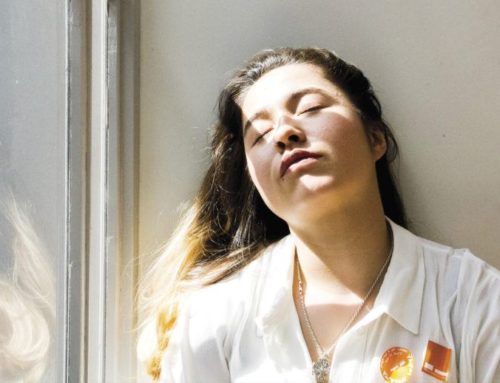One woman’s lifelong quest to stop fish farms
For at least forty years, Alexandra Morton has committed her own life and her job to ascertain the orcas and the salmon of the Broughton Archipelago are currently dying off and to struggle for all those species’ survival.
Alexandra Morton read each and every book by Dian Fossey, Jane Goodall, and notable individuals who travelled to study creatures, driven by a passion to comprehend and protect wildlife. The biologist pursued a route, moving in 1979 to BC, after university in California, to immerse himself. >>
She settled at the Broughton Archipelago, into the village of Echo Bay. The whales she studied started to depart and the salmon started to die off.
For almost four decades, Morton has committed her own life and her job to ascertain why–and to struggle for all those species’ survival.
Open-net salmon farms
The study of morton echoes findings of a global body of research that indicates salmon farms would be to blame.
Viral diseases
In a meeting with living, Morton clarifies that heaps of fish farms owned by businesses, scatter the West Coast’s stretch she calls home. According to Morton, when salmon are found in areas that are tiny, infection spreads from one from going into the ocean, and nets cannot keep germs, like the reovirus.
The best danger to other species and salmon out of salmon farming are all.
Sea lice
In salmon farms they mutate and multiply. As wild salmon swim as part of the habitat into sea, the sea lice kill them, eat them and swarm them.
Chemical warfare
Many fish farmers utilize drugs comprising to decrease lice counts. Salmon farming businesses use a tub treatment to kill warts. Employees put in substances and also place a tarp, and they raise the tarps, and also the substance enters the sea after the treatment was delivered.
Morton has released dozens of studies in a few of the planet’s most reliable journals concerning the consequences of sea lice.
She has witnessed the effects of salmon farming firsthand.
The broader consequences
“As scientists, we invest tens of thousands of hours quantifying the fluctuations [in salmon people ], however I additionally see that mother bears racing down and up empty rivers using some sort of instinctual understanding that she and her cubs aren’t likely to survive the winter if they don’t get these fish,” Morton says.
“I visit the orca using the huge dents supporting their heads; these are known as peanut heads, since starvation eliminates the fat and you’ll be able to see a dent involving the front of the mind and the rear. I see that the young salmon evaporating.
“As a researcher studying snakes, you need to understand about salmon, since they’re why whales go and come,” she states. “I am seeing this place I really love and comprehend perish.”
A long-fought conflict
As an activist, Morton’s attempts to receive salmon farms are continuing. She was able to write letters to several levels of businesses and authorities, but she started augmenting pressure later realizing those campaigns went nowhere. She continued performing separate investigation, started legal challenges, also forced in-person visits to business headquarters abroad (see sidebar below).
Everywhere she turns, however, authorities and company officials continue to close her down orders to relocate or eliminate the farms entirely, quashing her rationale by claiming there’s “no evidence” to indicate the places are important areas for wild fish and other marine creatures.
People rebuttals flummox and anger. For evidence that salmon farms are harmful to wildlife, Morton points that salmon farms have been prohibited by Washington State.
A missed chance
Morton isn’t heartened by the BC provincial government’s announcement earlier this year that coastal fish farms looking to renew or obtain a BC tenure will require approval by the Department of Fisheries and Oceans and an arrangement with First Nations in whose land they function –but not before 2022. She’d expected that the farms could be arranged removed.
“The information is devastating,” she states. “This can cause irreversible harm.
“I simply don’t know the failure to comprehend that the wonderful creation of wild fish with this shore and what a prosperity that’s,” she adds. “Every country would really like to have what we’ve left, but it is going so quickly.”
Hope out of First Nations
Morton is heartened by the reaction from a First Nations Though she admits that she is experiencing burnout and stress from the job of protecting salmon. Members of this Mamalilikulla,’Dzawada’enuxw, Namgis, and Kwikwasut’inuxw is First Nations at the Broughton Archipelago have been protesting the existence of fish farms in their land.
“Right now, I am doing what I can to encourage them. I have gone and stood. They have.
“As a biologist, I believe that it is absolutely crucial that we as a society learn how to comprehend the power cords which are maintaining our planet operating, along with the salmon is among these,” Morton says.
They pack which [energy] up and move it up to the watershed it warms down over the territory feeding the trees which produce along with a hundred species. So, to kill wild salmon, then you may too pull the power cord from the side of your residence.”






